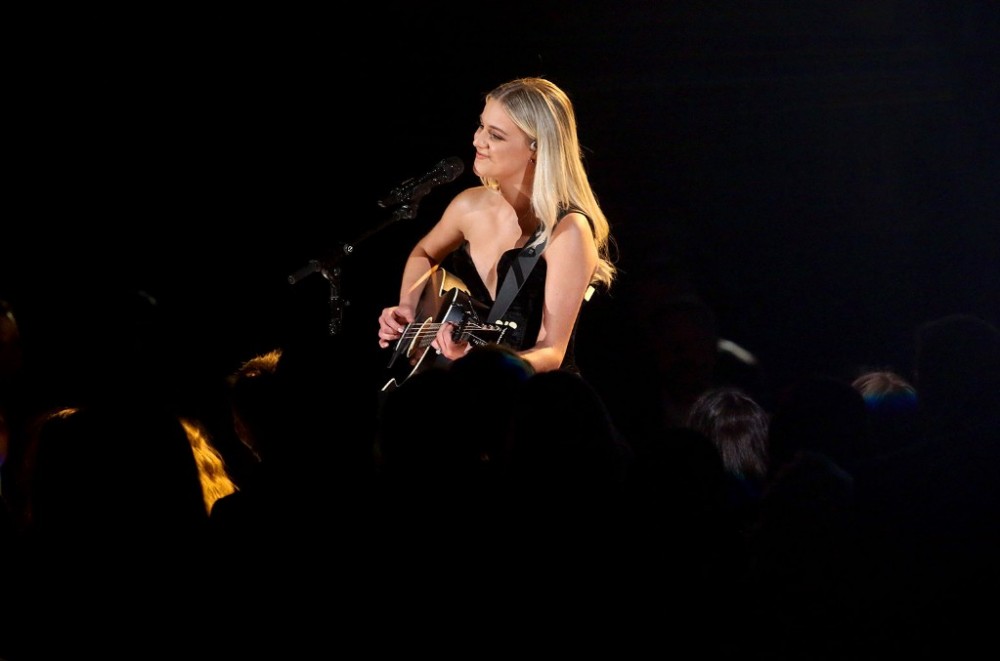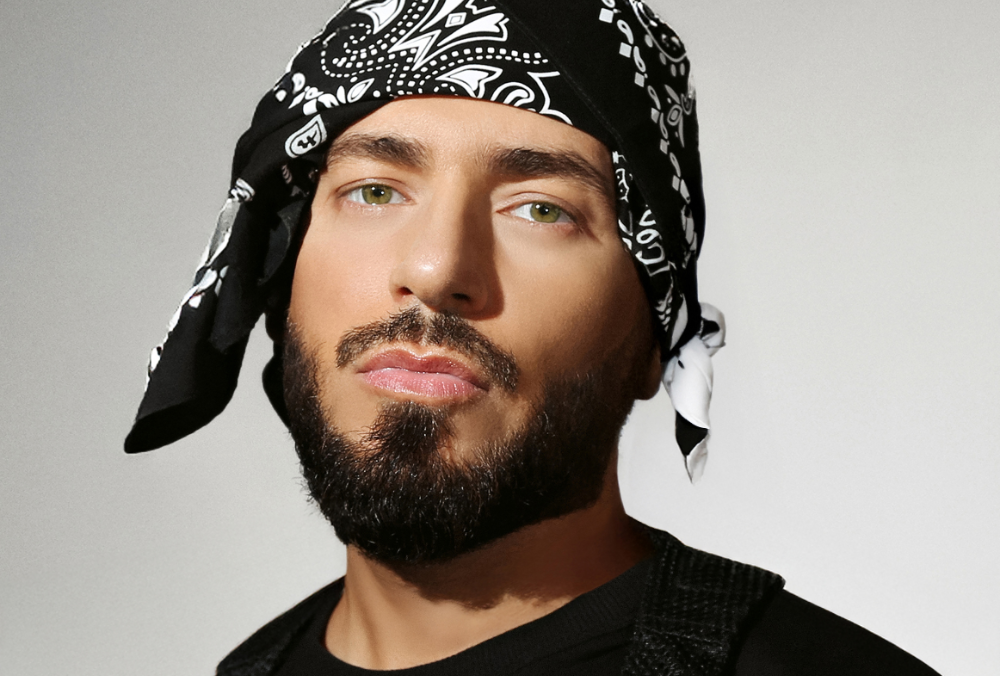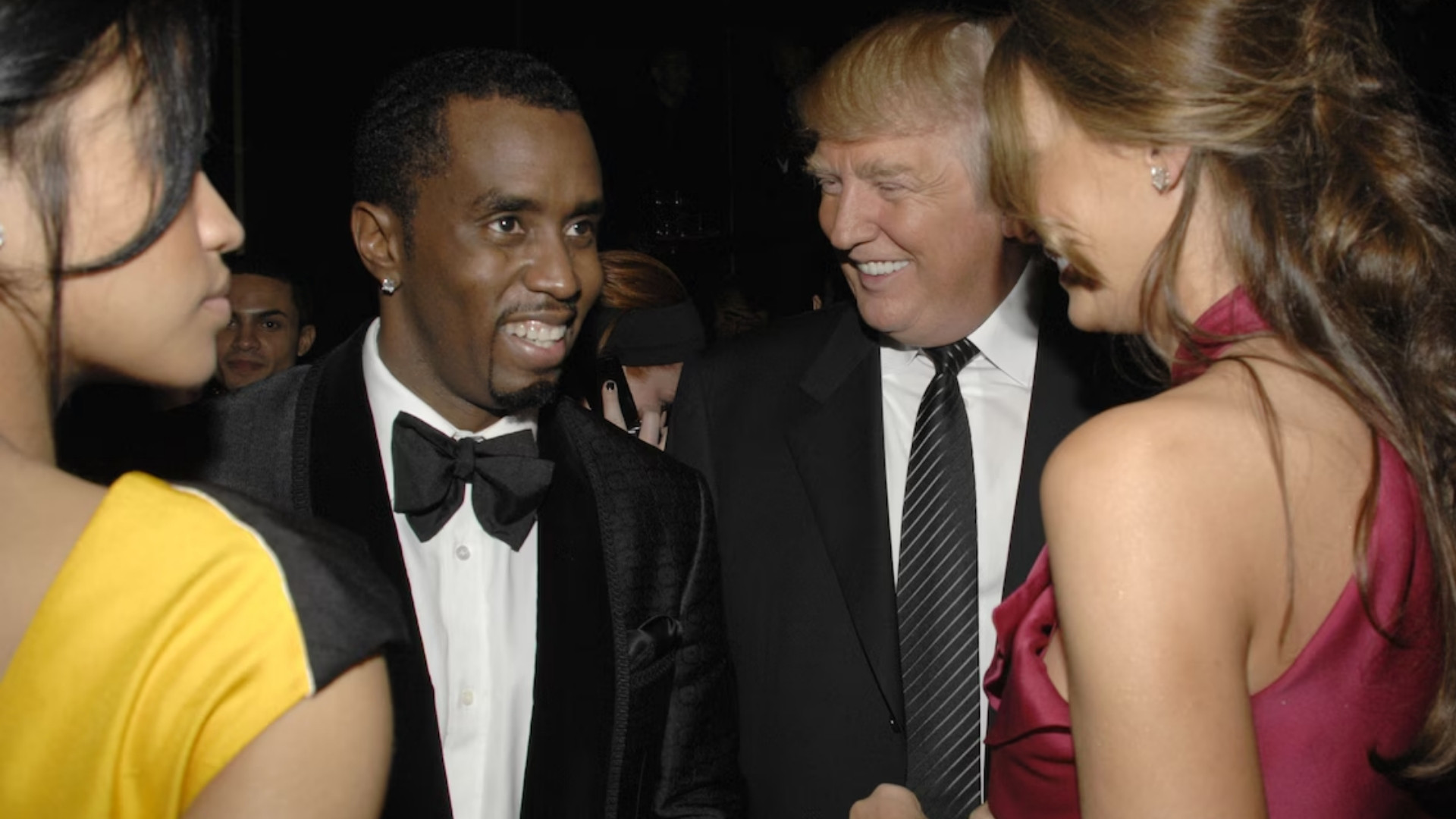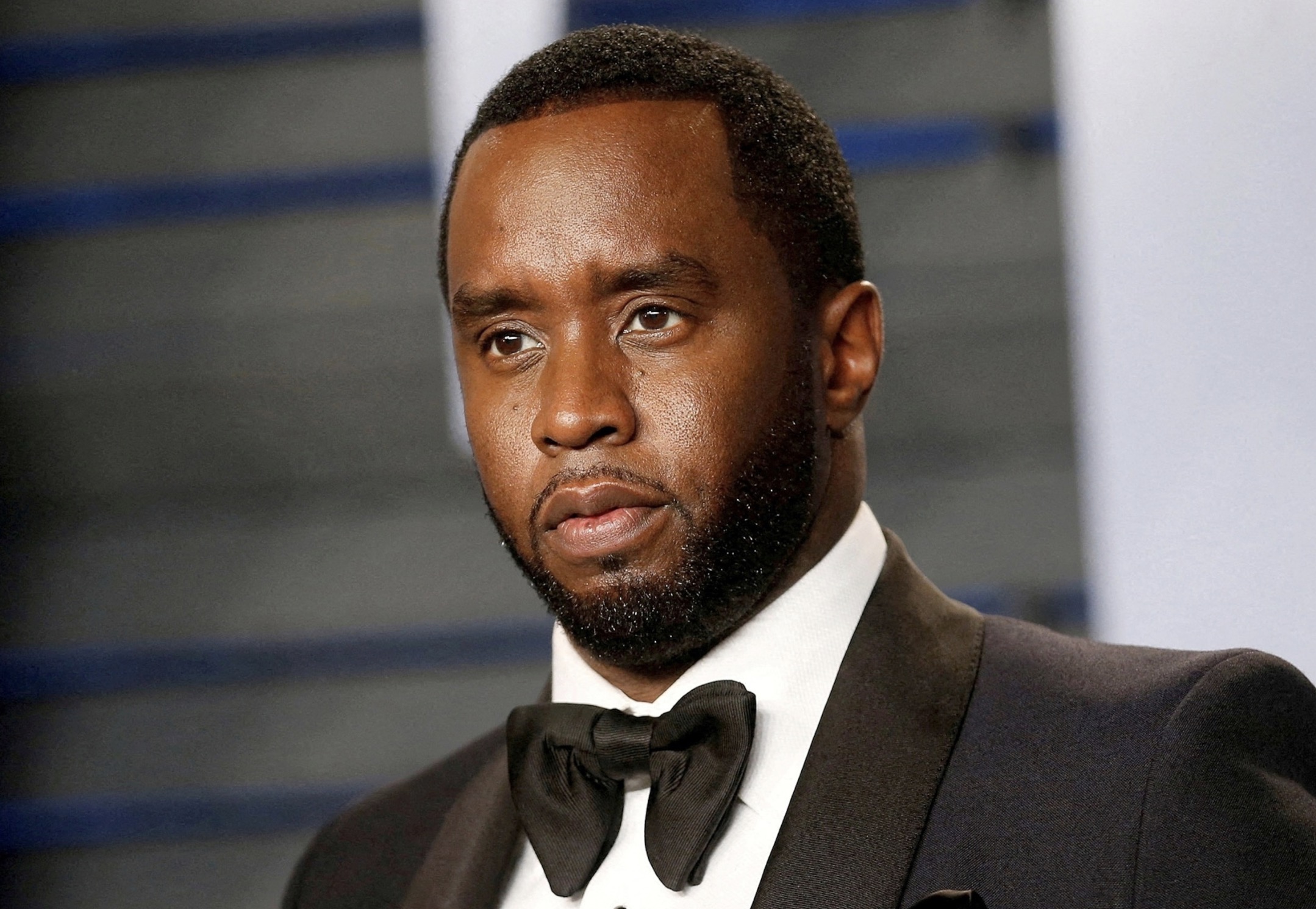Hardly a week goes by without a sitcom one-liner or a talk-show monologue referencing girl-on-girl action, often portraying a guy on the side who’s living out some vicarious fantasy.
The storyline of “the other girl” is not exactly what that guy is craving. The action in the song is a meeting of the minds between two women, portrayed sonically by Kelsea Ballerini and pop artist Halsey, who have come to the realization that they’re being played by a callous but skillful lover.
It’s a dark, difficult subject, handled with realistic intrigue in the lyrics, but imbued with plenty of catchy moments, particularly a bouncy postchorus that lingers in the listener’s mind for hours after hearing it. “It’s definitely the hookiest part of the song,” says Ballerini.
It’s also a tune that pulls together some fairly rare occurrences, beginning with the configuration. “I love the idea of a female collaboration,” says Ballerini. “You don’t see it so much.”
You also don’t see two women who are vying for the same man show sympathy for each other too often in the genre. Usually, in titles such as Loretta Lynn’s “Fist City” or Barbara Mandrell’s “Woman to Woman,” a wife threatens her husband’s lover when they meet. But there are instances, including Carrie Underwood’s “Two Black Cadillacs” or the Reba McEntire–Linda Davis duet “Does He Love You,” where the women commiserate or even plot their revenge.
“Does He Love You” and a competitive ’90s R&B duet, Brandy & Monica’s “The Boy Is Mine,” provided the primary references when Ballerini penned “the other girl” with Shane McAnally (“Hard To Forget,” “Nobody but You”) and Ross Copperman (“Catch,” “What She Wants Tonight”) on Aug. 11, 2018. Ballerini brought them along to write during a run of dates on Keith Urban’s Graffiti U tour, and Copperman played its foundational track when the trip started. Ballerini appreciated the dangerous sound he had concocted, but didn’t think it fit her.
“I can go the sassy route, but I don’t really go the dark, angsty route,” she says. “I liked it and I flagged it, but I was like, ‘I can’t start here.’”
They wrote four other songs instead, but when she had time at Jiffy Lube Live in Bristow, Va., she revisited the track on her bus. She had been thinking about a title that she had stashed away, “other girl,” and suggested they could be two pieces of the same puzzle. Plus, she thought it would work perfectly as a duet with Halsey, who became a quick friend three weeks prior when Ballerini attended a Halsey show in Nashville and took her out to sing karaoke afterward.
“I’ve never had a collaboration on an album before,” says Ballerini. “I only wanted one if it was someone that I was real-life friends with, because you end up spending so much time with them, with the music video and the performances and the press and all that. I was like, ‘I just want to do it with someone that I enjoy spending time with.’”
Once the writers started, the song came out in a burst of words and musical ideas, moving jaggedly from section to section as the story came together. The opening verse cast it as a mystery, the singer imagining the other woman as accomplished and attractive. But then she turns the knife: “I bet you’re more promiscuous than I.”
“Promiscuous” is a word that has likely never been in a country single, and it’s said in a way that undercuts all the other traits that went before.
“Her and I were both super excited about it,” says McAnally of using such a loaded term. “I loved it, but was like, ‘Is this OK grammatically?’ ‘More promiscuous than I’ — I don’t know that that’s grammatically correct. You would say, ‘She’s more promiscuous than me,’ but it just sounds so cool that she’s ‘more promiscuous than I.’”
The chorus launched into a full-bore contest: “Is it me? Is it you? Tell me who. Who’s the other girl?” Yet even though they’re opponents, Ballerini dropped in a simple line — “Are you mad? Me, too” — that speaks volumes. It suggests to the listener that they are now in an actual conversation, instead of contemplating one, and also hints that they recognize they’re not rivals so much as they’re both victims in one man’s game.
“That is the magic of Kelsea Ballerini right there, because “Me, too”] is just two syllables, and it just finishes the thought,” says McAnally. “At her age 26], it doesn’t seem like she would have the experience to know how important it is just to be simple. It’s one of the ingredients of a hit that’s undervalued. People that don’t do this really don’t understand how hard it is to be simple.”
A line about The Scarlet Letter, a classic Nathaniel Hawthorne novel, got dropped into that bouncy post-chorus, alluding to the guilt and deception that accompany the role of the other woman. They doubled down on that notion in the same stanza with a thought about “conscience,” still questioning which woman is the main squeeze and which is the affair.
While infidelity can be a gut-wrenching topic, they treated it as a calm evaluation, capturing a steady mood rather than an arc. Instead of delivering a powerhouse bridge, each section uses variation in the phrasing — long and languid in the chorus, short and choppy in the postchorus, conversational in the verses — to create subtle movement.
“It’s kind of pop-oriented, writing around that mathematical phrasing,” says Copperman. “It’s a little Swedish vibe.”
Ballerini’s voice was a tad ragged that day, and though she tried several times to beat it, that performance stayed in the final, perfectly cool and underplayed. “If you mute it, you can hear my bus air conditioning rattling in the background,” she says.
Copperman and McAnally booked a tracking session at Zac Brown’s Southern Ground Studios and got a good effort from the musicians. Still, they preferred the demo and eventually kept a minimum amount of material from the tracking date, except for steel guitarist Dan Dugmore, whose atmospheric approach blankets an otherwise percussive production.
Ballerini attended when Halsey cut her vocal at a Los Angeles studio, finding a way to meld Ballerini’s clear tones and Halsey’s smokier resonance. “At the very end where it goes ‘you know about me,’” says Ballerini, “We echo each other on purpose, so it sounded almost interchangeable.”
London-based Dan Grech-Marguerat mixed a pop version for the album, though Nashville’s Justin Niebank developed a different, slightly more dramatic mix for country radio. “The dance/pop mix is almost one dynamic,” says Copperman. “Justin did a little more separating, and he treated the vocals a little differently, so the country version was more dynamic.”
Black River released “the other girl” to country radio through PlayMPE on March 26, the day after the debut of Ballerini’s CMT Crossroads episode with Halsey. The label is now salivating over action on the FM dial, and listeners have a hooky piece of ear candy that casts a modern pop sheen and a sympathetic thematic treatment on classic country subject matter. The song debuted at No. 58 on Hot Country Airplay for the week of May 9.
Says Ballerini: “Every woman needs one of these songs.”
Listen below.



